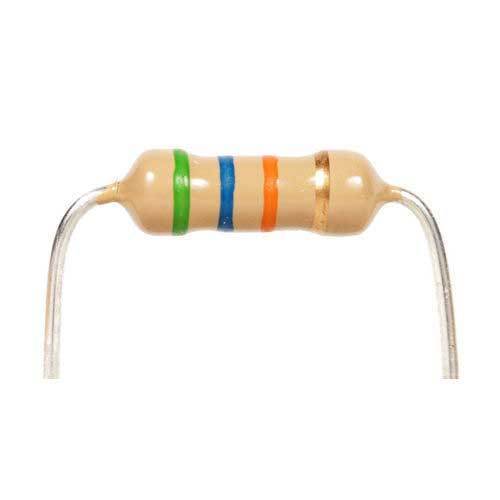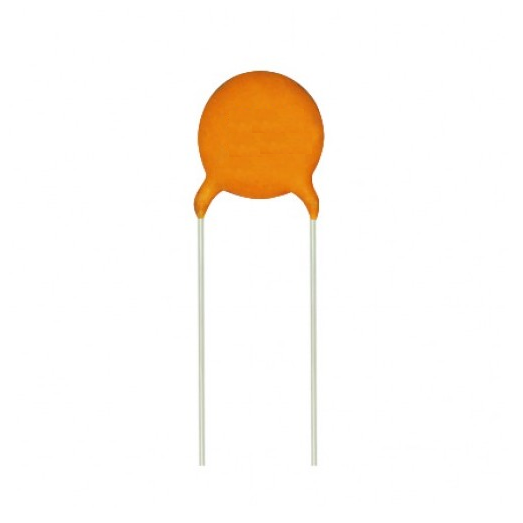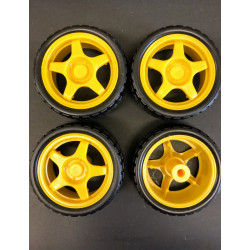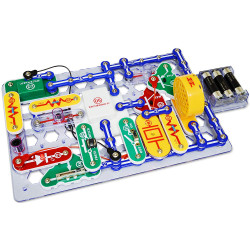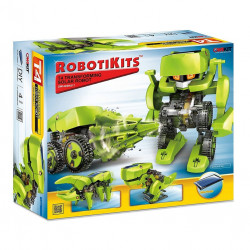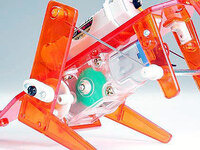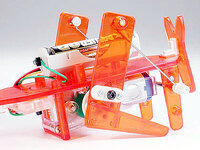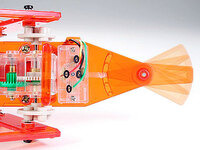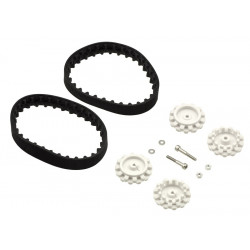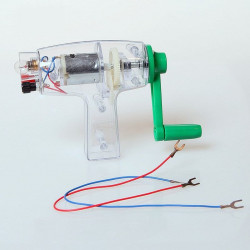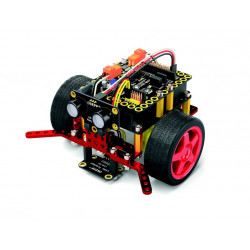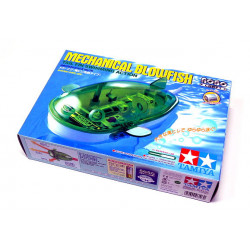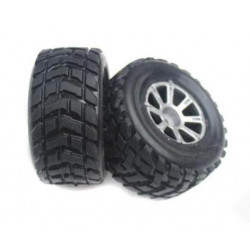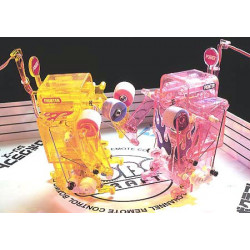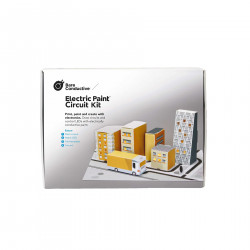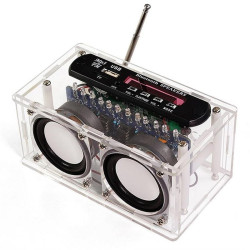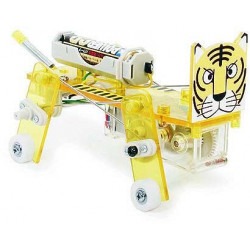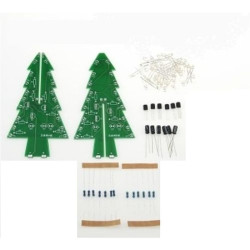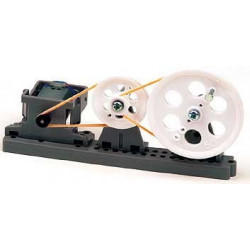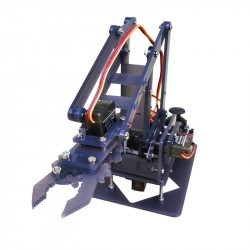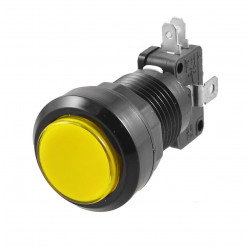Store address and hours
location_on 4131 Fraser St. Vancouver BC Get Directions
phone 604-875-1993 Call us
access_time Hours
| Monday - Friday | 9AM - 5:30PM |
| Saturday - Sunday & Holidays | Closed |
| See Holiday Hours | |
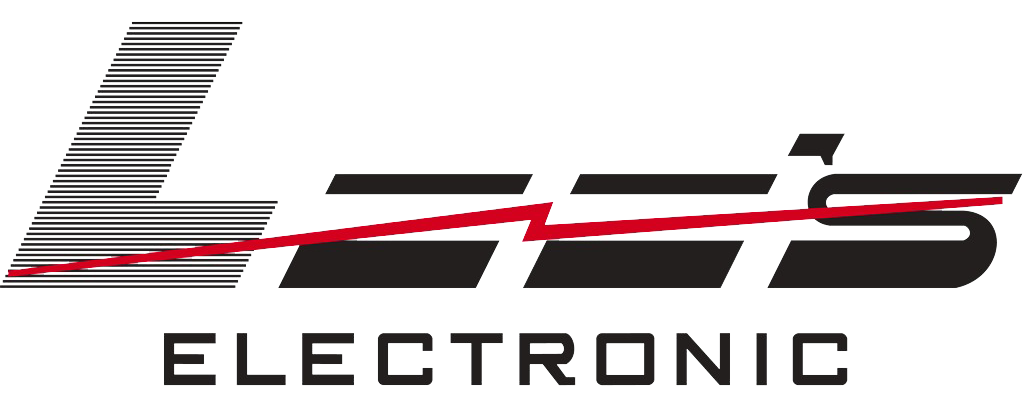
-
 close
close -
CATEGORIES
-
-
-
-
-
-
-
-
-
-
-
-
-
Featured Items
-
-
-
-
-
-
-
More mirco-controllers
-
More Developement Tools
-
-
More Prototyping
-
More Modules
-
-
Featured Items
-
More prototyping Tools
-
-
-
-
-
-
-
-
Featured Item
-
-
-
-
-
-
-
Featured Items
-
-
-
-
-
-
-
-
-
-
Featured Items
-
-
-
-
-
-
-
-
-
-
-
Featured Items
-
-
-
-
-
-
-
-
-
Featured Items
-
-
-
-
-
-
Popular Cleaners
-
-
-
Featured Items
-
-
-
-
-
-
-
Featured Items
-
-
-
-
-
Featured Items
-
-
-
-
Featured Products
-
-
-
-
-
more motor
-
-
more power supplies
-
-
Featured Items
-
-
-
more electrical devices
-
-
-
-
-
-
-
Featured Items
-
-
-
-
-
-
BRANDS
-
- PROJECTS
-
COMMUNITY
-
-
-
FEATURED POSTS
-
-
-
- SALE
TAMIYA 71102 MECHANICAL KANGAROO - TWO LEG JUMPING
Description
TAMIYA 71102 MECHANICAL KANGAROO - TWO LEG JUMPING
How it works
A gearbox connected via crank plates to the kangaroo’s rear legs transforms motor rotation into walking/hopping. You can choose between two different gear ratios for the gearbox assembly.
When using the high-speed gear ratio, linkage rods should be attached to the lower holes of front legs and kangaroo hops upright while balancing on its tail. Changing the position of the tail allows the kangaroo to keep balance during high-speed running and enables it to change direction. Putting the tail straight will make the kangaroo go straight while setting it to the right/left will make the kangaroo turn to the right/left.
When using the low-speed gear ratio, linkage rods should be attached to the upper holes of front legs and the kangaroo walks on all fours. Attaching the rear legs to different holes in the crank plate gives you four different speed possibilities within slow speed mode.
The body is made from a transparent orange ABS resin that allows you to see all of the motors, gears, cranks, and linkage rods in action.
Basic specifications
- Total length: 180 mm
- Total weight: 95 g (without batteries)
- Body material: ABS resin
- 2 gears included, one for high speed and one for low speed.
- Motor, gearbox, and control switch are included.
- A screwdriver for the assembly is provided.
- Requires one AA (a.k.a. R6 or UM3) battery (sold separately).
- Continuous running time with Alkaline battery: 3hrs. at low speed / 1hr. at high speed
Note: This is a kit. Assembly requires using a screwdriver and snapping parts together. No soldering is required. Run on flat, smooth surfaces; avoid running over slopes, on bumpy roads, or on thick carpet.
Related products
Your recently viewed products
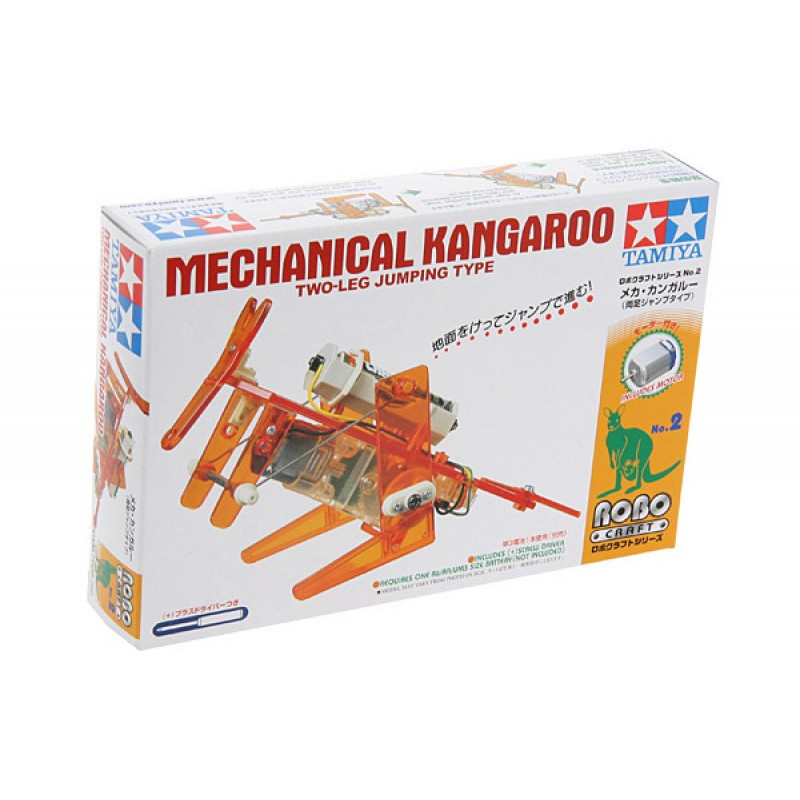


























































































.png)
